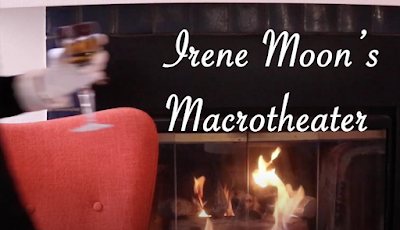Part of my scientific research is to evaluate and visualize large biodiversity datasets around a type of insect commonly known as Plant Bugs (Miridae). The dataset is big, comprising of around 1.5 million specimen records from Natural History collections (tcn.amnh.org).
These visualizations can easily take on a life of their own leaving their descriptive and scientific nature behind, transforming into objects of beauty and disinformation rather than clarification. The illustrations are not random nor imaginative as each of them is powered by the same dataset of Plant Bugs - where the insects were collected, their food plants, and dates of that collection event. These simply exist as an alternative representation of a highly complex natural ecosystem as we have recorded and translated into discrete pieces of information.
|
 |
Histogram 1 & 2: Collecting event based on plant family with
mixed up columns and rows.
|
 |
Histogram 3: Plant diversity for every
insect species. The graph is so dense many of the
columns just appear black.
|
Network graphs are some of the most striking on the Web and found in publication. Outside of demonstrating that a network is complex, it is very difficult to make them visually informative but fairly easy to make them striking. This is demonstrated with Host Network Graph 1, which is the product of using only the defaults of the R igraph package.
 |
| Host Network Graph 1: Default color scheme with all nodes arranged circularly. Only a few of the most numerous edges are visible. |
Art remains interrelated with the possibility of scientific discovery or description since the dataset originates from actual ecosystem observation. Highlights of information can be found in graphs simply made for visual pleasure. The two network graphs below are an example of graphs that convey some truth about Plant Bugs and the way they function in complex ecosystems. In Host Network Graph 2, the plants that the bugs eat tend to be the nodes that have several edges coming from them like fireworks scattering. Reminiscent of constellations, the pattern indicates that many plant bugs are fairly plant food specific. In other words, plant bugs are very selective about what they eat, leading toward isolated groupings of nodes and edges.
In Host Network Graph 3, green nodes are plants eaten by Plant Bugs. The large green circle indicates that more plant bugs like to eat this plant than any other. This network graph, with its giant green node, makes it clear that plant bugs like to eat pine trees.
 |
| Host Network Graph 2: Insect and plant interaction are rather isolated. |
 |
| Host Network Graph 3: A host plant network for Plant Bugs with one favorite plant. |











